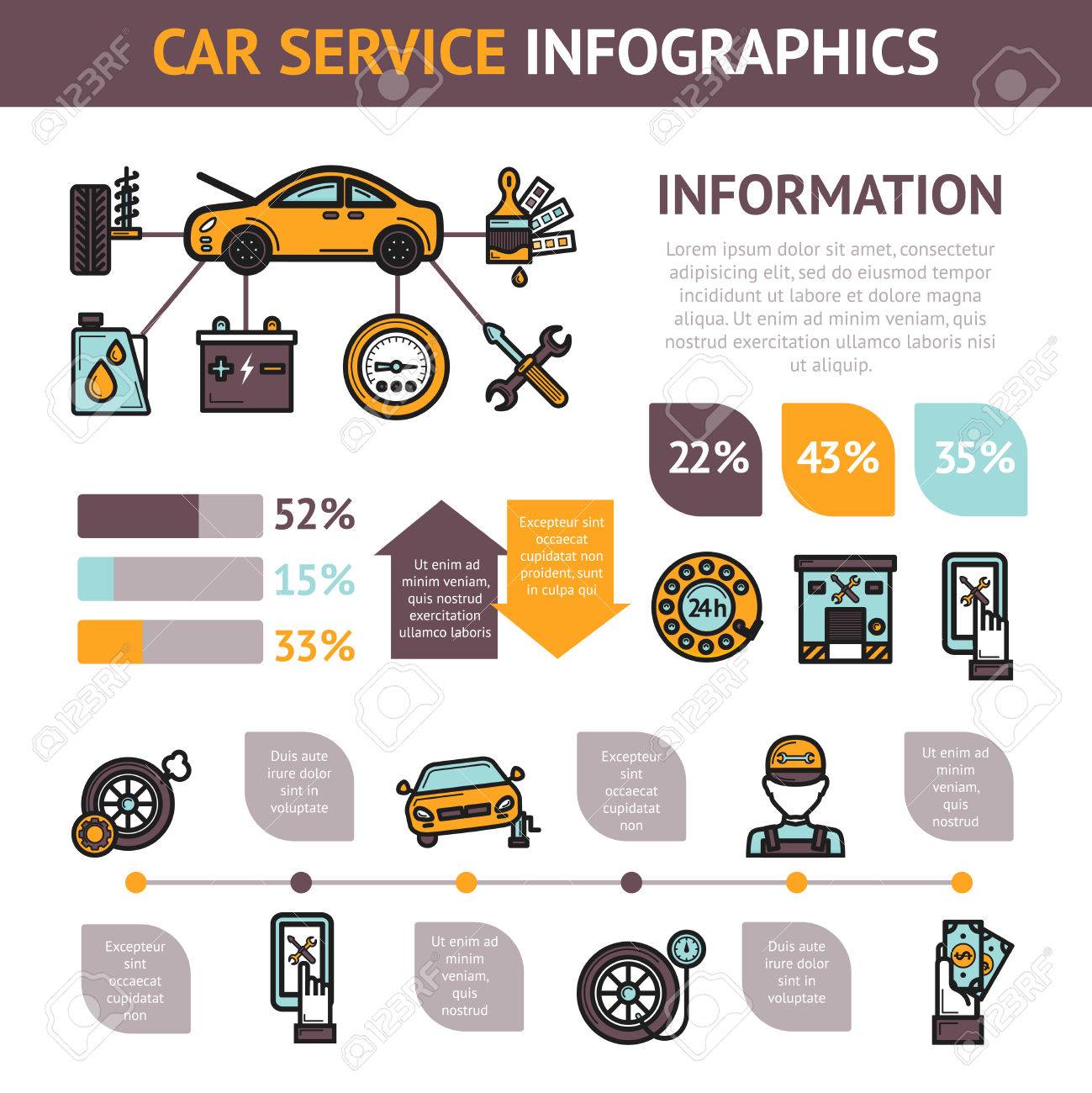Translating Your Vehicle'S Alert Lights: Their Real Implications
Translating Your Vehicle'S Alert Lights: Their Real Implications
Blog Article
Created By-Lim Dalgaard
When you lag the wheel, those glowing caution lights on your dashboard can be a little bit bewildering. Do you understand what they're trying to inform you about your auto's health and wellness? Understanding the significance of these lights is essential for your safety and the durability of your automobile. So, the next time one of those lights turns up, would not you intend to decipher its message precisely and take the required steps to address it?
Common Caution Lighting and Interpretations
Recognize typical warning lights in your car and recognize their meanings to make sure secure driving.
One of the most common warning lights include the check engine light, which signifies problems with the engine or emissions system. If this light comes on, it's crucial to have your lorry examined promptly.
The oil pressure advising light shows reduced oil stress, needing instant interest to prevent engine damage.
A blinking battery light could recommend a defective charging system, possibly leaving you stranded otherwise attended to.
The tire pressure tracking system (TPMS) light informs you to reduced tire pressure, affecting lorry security and fuel effectiveness. Ignoring this might lead to dangerous driving problems.
The abdominal muscle light suggests a problem with the anti-lock braking system, compromising your capacity to stop quickly in emergency situations.
Last but not least, the coolant temperature level advising light warns of engine overheating, which can lead to severe damages if not fixed quickly.
Understanding these usual caution lights will assist you address issues immediately and maintain risk-free driving problems.
Value of Prompt Focus
Recognizing the common warning lights in your auto is only the very first step; the relevance of promptly attending to these warnings can not be emphasized enough to ensure your safety when traveling.
When a warning light illuminates on your dashboard, it's your automobile's means of connecting a possible concern that requires focus. Ignoring these cautions can lead to a lot more extreme problems down the road, jeopardizing your security and potentially costing you much more out of commission.
Trigger interest to alerting lights can stop breakdowns and accidents. For instance, a flashing check engine light might indicate a misfire that, if left ignored, might trigger damage to the catalytic converter. Resolving this without delay can save you from an expensive repair work.
Likewise, a brake system advising light might indicate low brake fluid or used brake pads, important components for your safety and security when driving.
DIY Troubleshooting Tips
If you discover a warning light on your dashboard, there are a few DIY repairing suggestions you can attempt prior to seeking professional aid.
The initial step is to consult your cars and truck's manual to comprehend what the specific warning light suggests. In some cases the concern can be as simple as a loose gas cap setting off the check engine light. Tightening the gas cap may deal with the issue.
https://transmissionfluidchangeco62839.targetblogs.com/30790241/unveiling-the-keys-of-a-first-class-auto-service-center-experience is a reduced battery, which can activate different cautioning lights. Checking the battery links for deterioration and guaranteeing they're protected may deal with the issue.
If a caution light lingers, you can attempt resetting it by detaching the cars and truck's battery for a couple of minutes and then reconnecting it. Additionally, checking your automobile's fluid degrees, such as oil, coolant, and brake liquid, can aid fix cautioning lights associated with these systems.
Verdict
To conclude, comprehending your vehicle's warning lights is crucial for maintaining your car running efficiently and safely. By without Link Website addressing these notifies and knowing what they imply, you can prevent costly repair work and possible break downs.
Bear in mind to consult your automobile's guidebook for certain information on each alerting light and do something about it accordingly to guarantee a hassle-free driving experience.
Keep educated, remain risk-free on the road!
